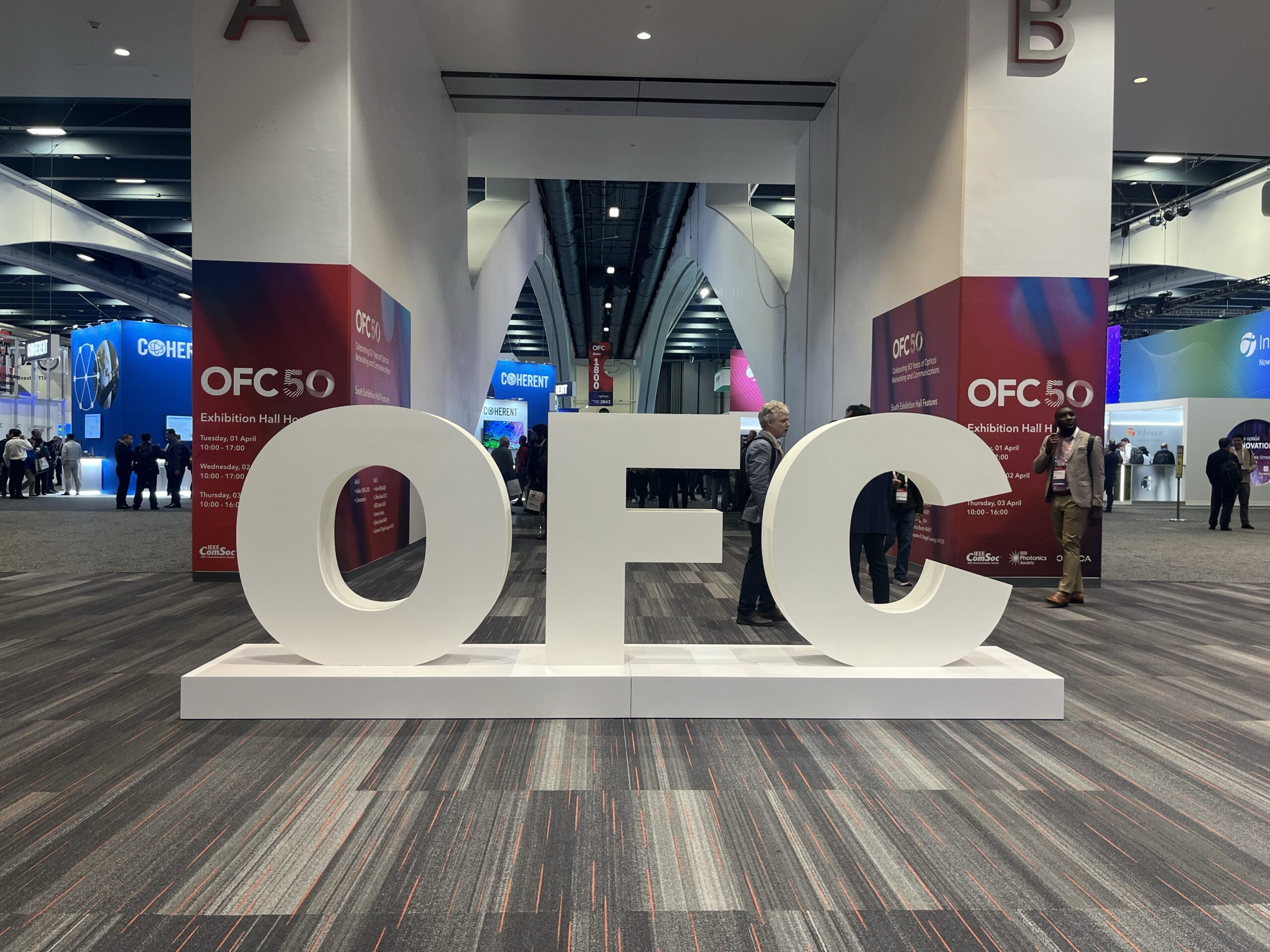How can astronomy exploit photon properties to enhance astronomical observations and eventually extend our knowledge about the farthest objects in our universe? And how can ground- and space-based quantum communication benefit from discoveries in quantum astronomy?
On the occasion of the celebration of the 90th anniversary of the birth of the Italian physicist Tito Arecchi, QTI, in partnership with the CNR-INO, and under the patronage of the Department of Physics and Astronomy of the University of Florence, organised the exclusive workshop “From Quantum Astronomy to Quantum Communications” on 18-19 December 2023 in Florence to try to answer such crucial questions and pave the way for advancements in both fields.
The event gathered in the significant “Colle Galileo” in Arcetri major experts from the academia, research and industry sectors, to collect insights, experiences and ideas on the way forward in the distinct, but interrelated, fields of quantum astronomy and quantum communications.
The workshop at a glance
-
2 days
-
4 scientific sessions
-
3 Keynotes
-
26 speakers
-
+80 participants
The scientific programme
Quantum astronomy was the topic of the first session held on 18th December, opened by the authoritative speakers Prof. Massimo Inguscio and Prof. Cesare Barbieri and followed by talks by experts exploring the potentialities of applying quantum technologies to astronomy. Topics included the use of quantum photometers for high time resolution astronomy, photon counting optical astronomy, making astronomy with classical and quantum properties of light, news on the high-resolution spectrograph of the European Extremely Large Telescope (ANDES) and opportunities and challenges in satellite-based quantum communication.
On 19th January, the exclusive Keynote by the Nobel Prize Prof. Anton Zeilinger on “Photons and Space” magnificently introduced the topic of the second day on quantum communications, inspiring the audience with insights on quantum communications in Space.
In the dedicated sessions, panelists, representing major universities and research institutes and sectorial industries, including ESA, Airbus, and the European Commission, covered a wide range of aspects related to quantum communications on the ground and in space and shared ideas and opportunities for the way forward. Presentations investigated how to combine quantum technology with standard telecommunication systems, challenges and opportunities of using quantum-secure communication in defence environments, GNSS-based services for time and frequency reference in quantum applications, Integrated Photonics developments at ESA, and offered up-to-date insights on the establishment of quantum communication networks in Italy, Malta and Denmark. Finally, disruptive developments in technology, including optimization and fast-gating circuits in single-photon detection and ultra-thin superconducting nano/microstrips for single photon detectors have been provided.
The Roundtable “From Quantum Astronomy to Quantum Communications and Back” put the last piece to the discussion by exploring the opportunities unveiled by quantum astronomy for quantum communications and vice versa, leveraging the contributions by representatives of the telecom, industry, science and defence sectors.



